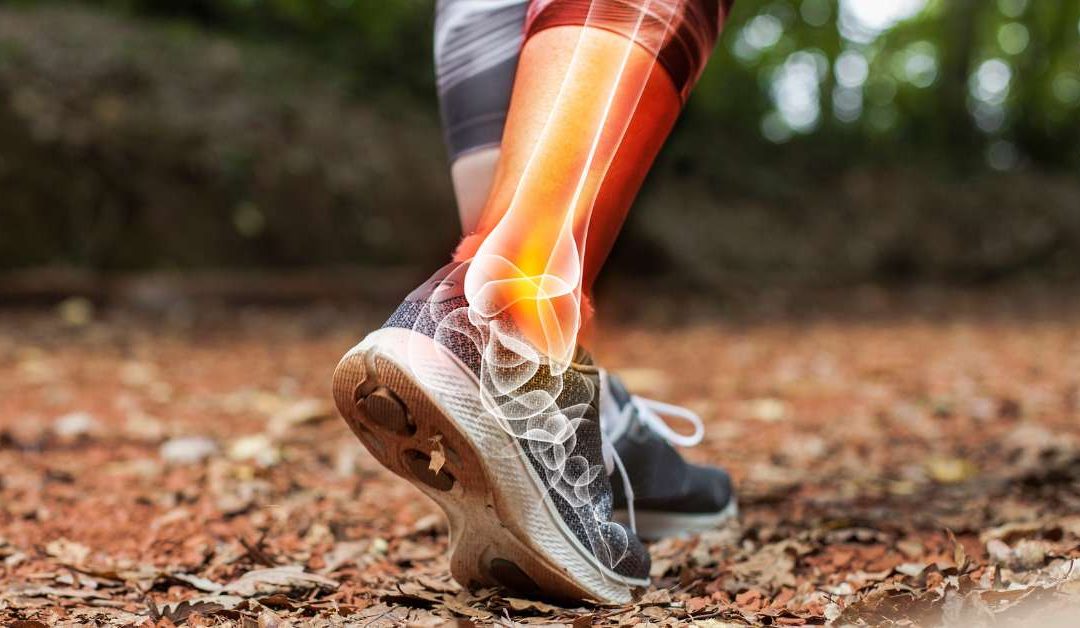A running injury can stop you from staying consistent, reaching your goals, or even enjoying the run. One day, it’s a tight calf. Next, your knee flares up. Then the pain shifts to your hip. You try rest, ice, new shoes… But nothing really fixes it.
If that sounds familiar, you’re not the only one. Nearly half of recreational runners get injured every year. And most make the same mistake that keeps them stuck in a cycle of pain, setbacks, and frustration.
The upside? It’s a fixable problem. Once you fix it, running feels better and stays that way. Keep reading to find out what that mistake is and how to correct it for good.
KEY NOTES
- The #1 mistake causing running injuries is poor gait mechanics, not shoes, mileage, or stretching.
- Gait analysis identifies hidden movement problems and provides a clear plan for running injury recovery and prevention.
The #1 Mistake Runners Make: Ignoring Their Gait
When runners get injured, most look in the wrong direction. They blame shoes, stretch routines, or the number of miles. But the real issue is usually mechanical.
It’s how you move. Your gait is off, and your body starts to compensate.
Then, that’s when the trouble starts. Maybe your foot lands a little off. Your hips shift. Your stride shortens. These small problems add up fast. The pain might show up in your knee today, your Achilles next week, and your lower back after that.
A 2023 study found that more than 8 out of 10 recreational runners have dealt with overuse injuries. The odds get even worse for anyone running more than 19 miles a week or training for performance. And in most cases, the root cause is that nobody’s paying attention to how the body is actually moving.
Why Form Matters More Than Foam Rolling
You can roll out your calves, ice your knees, and try every stretch in the book. But if your form is off, none of that will fix the problem. You’re treating symptoms, not solving the cause.
Your body is designed to move in a certain way. When one part isn’t doing its job, other parts work harder to make up for it. That’s how small flaws in your stride turn into bigger issues over time. It’s also why pain keeps coming back in different places.
Improving your form does more than prevent injury. It helps you move more efficiently, run longer without fatigue, and train without setbacks. A proper gait reduces wasted effort and lowers the stress on your joints. And once you fix it, everything else starts to fall into place.
The Fix: Running Gait Analysis
A running gait analysis takes a close look at how your body moves with every stride. It’s not about guessing where the problem is. It’s about observing your actual movement and identifying patterns that may be causing stress.
Most runners don’t realize how much small habits in their stride affect the rest of the body. A slight inward roll of the foot, a subtle hip drop, or limited ankle mobility can set off a chain reaction. Over time, these patterns add up and lead to pain, compensation, or chronic injury.
Through a structured gait analysis, physical therapists can spot those patterns. They analyze each phase of your stride from foot strike to push-off and assess joint movement, symmetry, and coordination.
Here, the goal is to understand how your body is handling the demands of running so that you can address the real cause of your injuries.
What Gait Analysis Results Actually Tell You
Once your gait is recorded and analyzed, you don’t just walk away with a video. You get a breakdown of how your body moves and what’s likely contributing to your pain or performance issues. Here’s what you’ll learn:
- Where your movement is breaking down
For example, you might land heavily on one side, overstride, or have a late push-off that creates extra stress. - What compensations is your body making
Maybe your calves are doing the work your hips should be handling. Or your core isn’t stabilizing well, causing your knees to drift. - Which joints or muscles are out of sync
Limited ankle motion or a weak glute can shift the load elsewhere. Your report highlights where those weak links are showing up. - How your form might be affecting performance
Poor mechanics can also make your stride less efficient, which adds up over time.
What Changes When You Fix How You Run?
Most injuries happen because of how your body handles stress, not just how much you run. Gait analysis helps uncover movement problems like:
- Delayed glute activation that overloads your knees
- Poor ankle stability that leads to repeated sprains
- Hip drop that strains your IT band
- Overstriding puts extra force on your shins and heels
Once these patterns are identified, you can retrain them. That might mean:
- Switching from heel strike to midfoot
- Strengthening specific muscle groups like the glutes or hip stabilizers
- Tweaking cadence to reduce ground contact time
- Practicing drills that improve control and symmetry
Over time, your body stops fighting itself. The load gets distributed more evenly, and the same mileage that used to wear you down becomes manageable.
Find Real Answers for Your Running Injury in Jacksonville
Recurring injuries usually come from patterns in how your body moves. These movement habits often develop over time without you noticing until the pain starts.
At Motion RX, we help you find the cause. Our running gait analysis takes a close look at how your joints, muscles, and movement patterns work together. Then we give you real feedback you can use, backed by science and tailored to your body.
Book Your Gait Analysis With Motion Rx Today!
FAQs
How do I know if I need a gait analysis?
If you’ve had recurring pain, shifting injuries, or feel off while running, it’s time to get checked.
Is gait analysis just for injured runners?
No. It also helps healthy runners improve form, avoid future injuries, and run more efficiently.
How long does a running injury gait session take?
Expect 45 to 60 minutes from start to finish, including your movement review and recommendations.
What should I wear to my running gait appointment?
Wear running shoes and athletic gear. Shorts are best so we can see how your hips and knees move.



